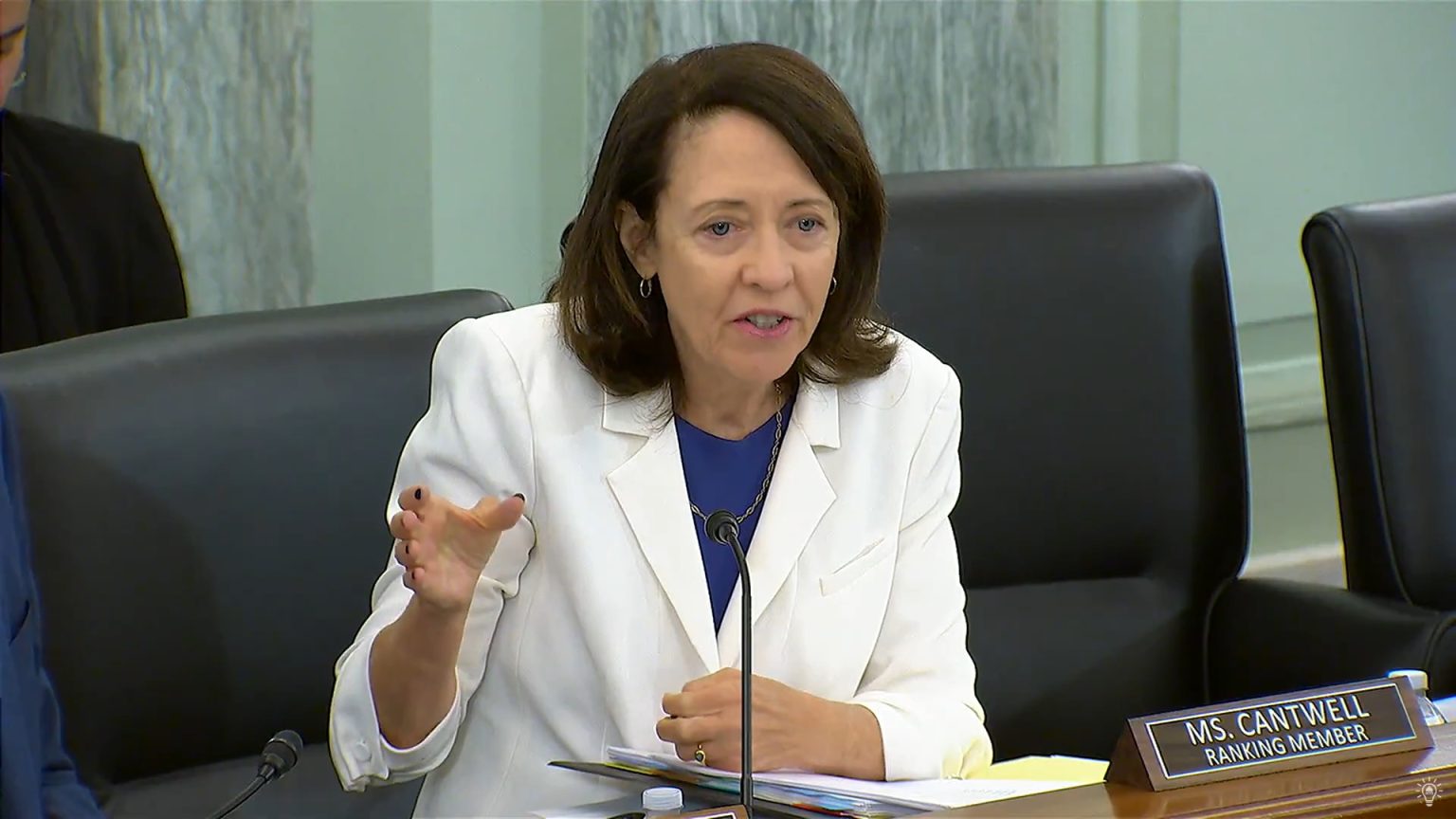Budget Concerns Cast Shadow Over NASA’s Future
In a sobering development for America’s space program, Senator Maria Cantwell (D-Wash.) has released a troubling report highlighting serious safety and operational concerns at NASA. The report, titled “The Destruction of NASA’s Mission,” draws on testimonies from whistleblowers within the agency who paint a picture of an organization under extreme budgetary pressure. These insiders claim they’ve “already seen safety impacts” resulting from funding reductions that effectively nullify previously allocated resources. Perhaps most alarming is one whistleblower’s stark warning that they fear “we’re going to see an astronaut death within a few years” due to what they characterize as the administration’s “chainsaw approach” to NASA’s budget.
The heart of the issue lies in the significant disparity between NASA’s current funding and proposed future allocations. While the space agency currently operates with a $24.8 billion annual budget, the White House’s proposal for fiscal year 2026 would slash this to just $18.8 billion—a reduction of nearly 25%. This dramatic cut stands in stark contrast to congressional budget bills under consideration, which would largely maintain current funding levels. According to the report, the White House Office of Management and Budget directed NASA earlier this summer to begin implementing these reductions, despite the fact that they far exceed what’s currently authorized. This directive has created a situation where the agency is caught between congressional appropriations and executive budget demands, with potentially serious consequences for ongoing missions and research programs.
The political dimensions of this funding dispute add another layer of complexity. As the federal government approaches the end of the fiscal year on October 1, the possibility of a government shutdown looms if Congress and the White House cannot agree on a spending plan. While a continuing resolution (CR) that temporarily maintains current funding levels seems the most likely short-term solution, whistleblowers cited in the report suggest something more concerning may be afoot. An internal agency note provided by one insider indicates that “if there is a CR, impoundment is likely going to get on the table as a mechanism to get to the PBR [presidential budget request].” Democratic staff characterize this as part of an “illegal plot” to circumvent congressional funding levels, though the legal landscape remains uncertain—especially in light of the Supreme Court’s recent decision allowing the administration to temporarily withhold nearly $4 billion in previously appropriated foreign aid while constitutional questions are considered.
The human toll within NASA appears equally troubling. Whistleblowers describe an environment where internal dissent has been systematically silenced, with one claiming that employees “have been told to get in line with the PBR or lose their job or position.” This culture of intimidation compounds the operational challenges created by the funding uncertainty. The proposed budget would hit space science particularly hard, with a projected 47% reduction that the nonprofit Planetary Society warns would force “widespread terminations of functional missions worth billions of dollars.” These aren’t just abstract numbers on a balance sheet—they represent years of scientific work, technological development, and human capital investment that could be abruptly halted, potentially setting American space exploration back by decades.
Looking beyond NASA itself, the report projects significant ripple effects throughout the American scientific and economic landscape. Democratic staff estimate that the broader reduction of $33 billion in non-defense federal spending on science, research, and technology would diminish U.S. economic output by $46.4 billion over the next decade. The human capital impacts are equally concerning, with projections indicating 866 fewer Ph.D. graduates in STEM fields and 10,704 fewer researchers in the United States during the same period. As the report states, this “would constitute a major setback for U.S. R&D capacity and our ability to win the race on AI and other transformative frontier technologies.” At a time when global technological competition is intensifying, particularly in areas like artificial intelligence and space exploration, such reductions could have long-lasting strategic implications for American scientific leadership.
The path forward remains uncertain. Senate Democrats have proposed a continuing resolution that would, among other provisions, prevent future efforts to rescind previously approved funding. However, with Republicans controlling both houses of Congress and the White House, the prospects for such a measure appear dim. NASA has long been considered one of the nation’s premier scientific agencies, with a history of bipartisan support reflecting its contributions to American technological supremacy and economic prosperity. The current situation represents what Senator Cantwell’s report characterizes as an “existential threat” to this legacy. As budget negotiations continue and the fiscal year deadline approaches, the future of America’s space program—and the safety of those who carry it out—hangs in the balance, awaiting decisions that will shape NASA’s trajectory for years to come.


